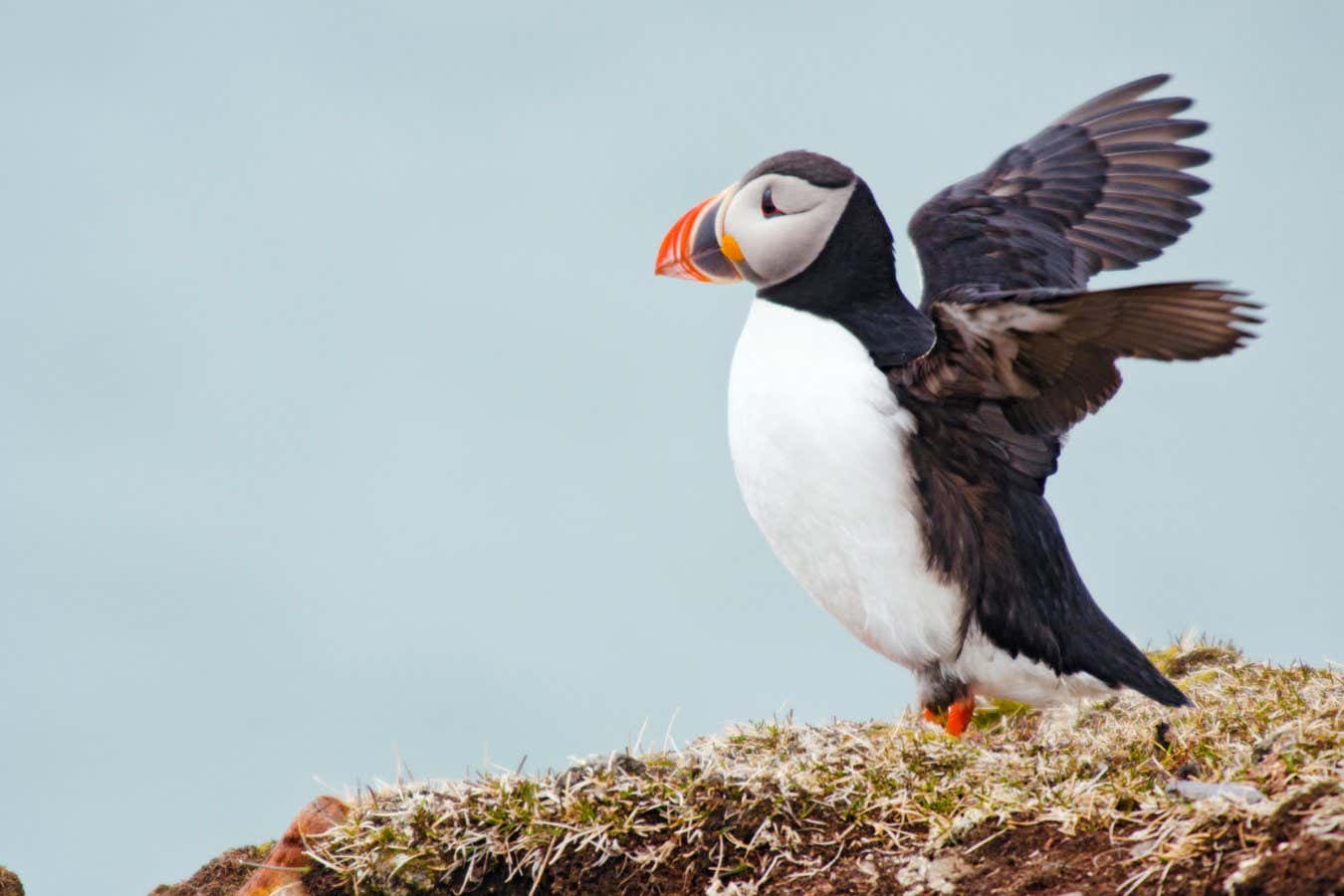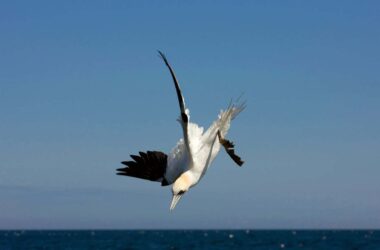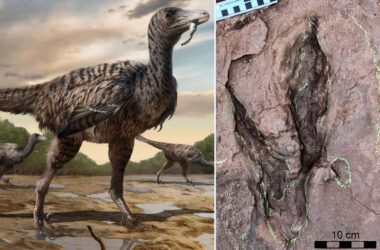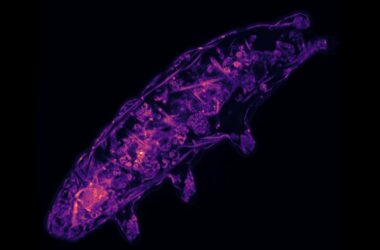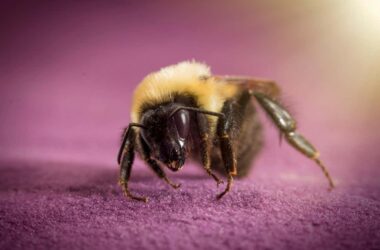Atlantic puffins in Spitsbergen, Norway, are different from those found further south
Rich Reid/Alamy
Two subspecies of Atlantic puffins in Norway are now interbreeding, possibly due to Arctic warming causing birds to move away from their usual habitat. The largest subspecies, called Fratercula arctica naumanni, is found on the island of Spitsbergen in Svalbard, Norway, while the smaller subspecies, Fratercula arctica arctica, lives on the island of Røst, around 1000 kilometers to the south. In 2021, researchers discovered hybrid puffins, a mixture of these two subspecies, on Bear Island, which is located between Spitsbergen and Røst.
Genetic samples from puffins that lived between 1868 and 1910 on Spitsbergen, Røst, and Bear Island were analyzed by Oliver Kersten and his team at the University of Oslo in Norway. They also analyzed the genomes of modern puffins from these islands between 2012 and 2018. The analysis showed that all puffins on Bear Island until 1910 belonged to the Fratercula arctica arctica subspecies. The researchers believe that interbreeding between the two subspecies began shortly after 1910, coinciding with the anthropogenic warming of the Arctic.
According to Kersten, the southward shift of the Fratercula arctica naumanni subspecies from the high Arctic was caused by rising temperatures reducing the availability of food around Spitsbergen, forcing the puffins to search for food elsewhere. Currently, there are no major negative consequences to this hybridization as both subspecies still exist on their respective islands. In fact, having hybrid puffins adds genetic diversity. However, in the future, loss of genetic diversity may occur if entire members of subspecies are forced to interbreed.
Similar hybridization events have not yet been observed among puffins in the UK and North America, but it is possible that climate change could displace the birds from their native habitats, leading to such occurrences. David Nogués-Bravo at the University of Copenhagen emphasizes the importance of expecting and planning for varied ecological responses to climate shifts. While a causal link between climate change and this hybridization has not yet been proven, the findings highlight the potential impact of rising temperatures on puffin populations.
Insights:
– Rising temperatures in the Arctic may be causing a southward shift in the habitat of Atlantic puffin subspecies.
– Interbreeding between different puffin subspecies is occurring, potentially due to the displacement of birds from their usual habitats.
– The hybridization of puffins adds genetic diversity but may lead to a loss of genetic diversity if entire subspecies are forced to interbreed.
– Climate change could potentially displace puffins in other regions, leading to similar hybridization events.
– Planning for varied ecological responses to climate shifts is crucial for preserving biodiversity.
Source: [University of Oslo](https://www.mn.uio.no/cees/english/people/researcher-postdoc/oliverke/index.html)




